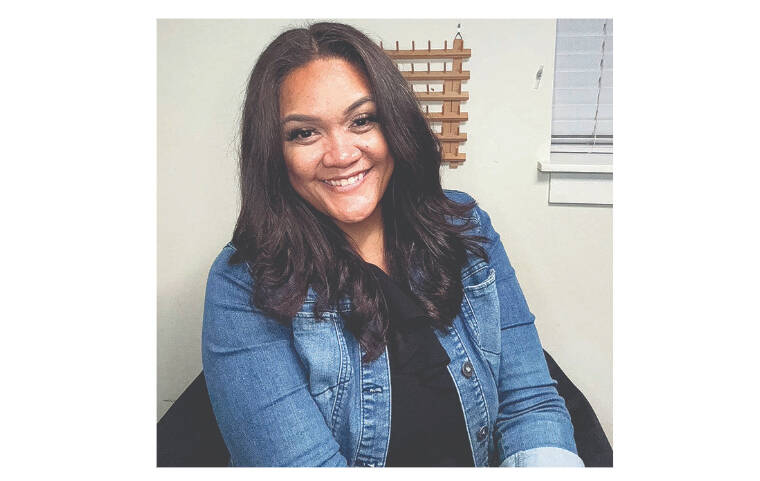Column: Detangle hair braiding license process

Kaiulani Flores
Musicians and artists often start training young. My childhood passion while growing up in Maui was natural hair braiding.
I started practicing French braids on my dad when I was 5. I then discovered different styles and recruited my mom, siblings, cousins and friends as volunteer clients. There were no YouTube videos back then, so I begged my parents for hair magazines. I studied the pictures and mastered every technique.
Today, people who seek me out for my services do not care that I am self-taught. My work speaks for itself. But the Hawaii Board of Barbering and Cosmetology will not let me braid for pay. If I collect a single dollar, the state could fine and imprison me.
To earn an honest living as a braider, I would have to complete 1,250 hours in a state-approved hairdressing program. The only option in Maui costs nearly $17,000 and treats my chosen occupation as an afterthought. The course catalogue describes instruction in cutting, coloring, bleaching, permanent waving and chemical relaxing — topics that have nothing to do with braiding.
As an alternative, Hawaii braiders can earn a full cosmetology license. But this takes even longer, costs even more and pulls braiders even further off track with irrelevant instruction on makeup, nails and facials.
After graduation, hairdressers and cosmetologists must pass two state exams that ask not a single question about braiding. It’s like forcing an aspiring auto mechanic to enroll in pilot school before fixing cars. The license tells customers nothing.
Don't miss out on what's happening!
Stay in touch with breaking news, as it happens, conveniently in your email inbox. It's FREE!
Professionals in many industries do not face such obstacles. Musicians, artists, chefs, wedding photographers, dog trainers, coaches and consultants can take money from anyone willing to pay without state permission.
Other occupations involve minimal barriers. When I worked as a tattooist and permanent makeup artist, I completed all certification requirements in less than one week. People in a hurry could do the coursework online in just 75 minutes, pay some fees and be ready to perform invasive cosmetic procedures in under a day.
The state requires a bit more for emergency medical technicians. They need 150 classroom hours. Still, the contrast with hair braiders is extreme. Unlike EMTs, who assist paramedics in life-and-death situations, hair braiders work in relaxed conditions.
Yet Hawaii demands eight times more instruction for braiders than EMTs — and 1,000 times more than tattooists.
Besides being unfair, the forced schooling is counterproductive. Small-business owners drive the economy, and Hawaii should not interfere except when necessary for health and safety. Putting onerous restrictions on braiders keeps willing workers on the sidelines without providing any public benefit.
Many braiders respond by slipping into the shadows, looking over their shoulders like criminals. Braiders come to the islands and start providing services without a license.
For now, at least, the Hawaii Board of Barbering and Cosmetology looks the other way. But I cannot live like this. As a local, trying to provide for myself and my ohana, I want to do what my home state requires. Lawmakers in Honolulu could help during the 2025 legislative session by freeing braiders from the beauty school mandate.
California, Florida, Texas and 32 other states already have taken this step. They completely exempt braiders from licensure. The Institute for Justice, a public interest law firm, provides model legislation that Hawaii could use as a reference.
The time for change is long overdue. Five times since 1980, Hawaii’s Office of the Auditor has studied whether the beauty industry needs licensing at all. The answer is always the same: No. Yet lawmakers fail to act.
Exempting braiders would be a good first step. It would mean that all braiders could operate in the open, providing income for themselves and their families without fear of being shut down.
Kaiulani Flores is a natural hair braider in Kihei, Maui.




